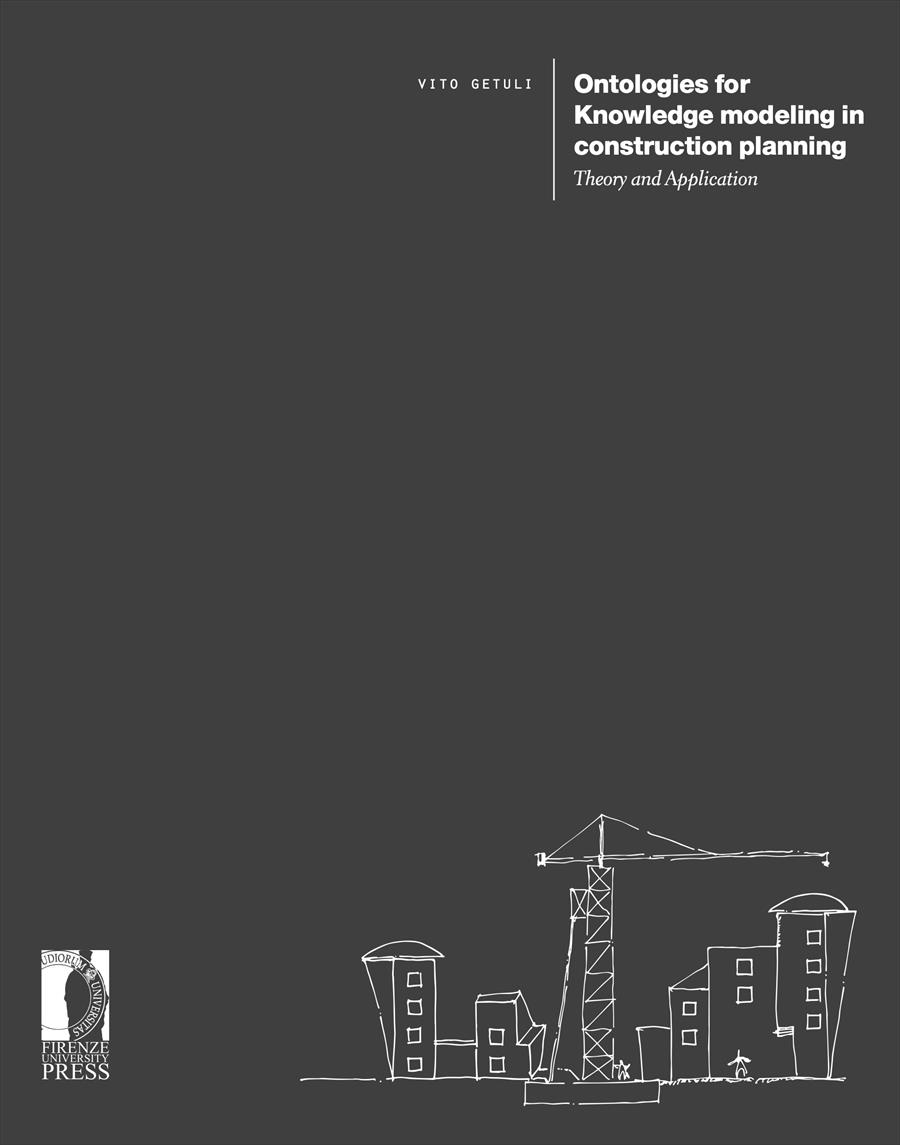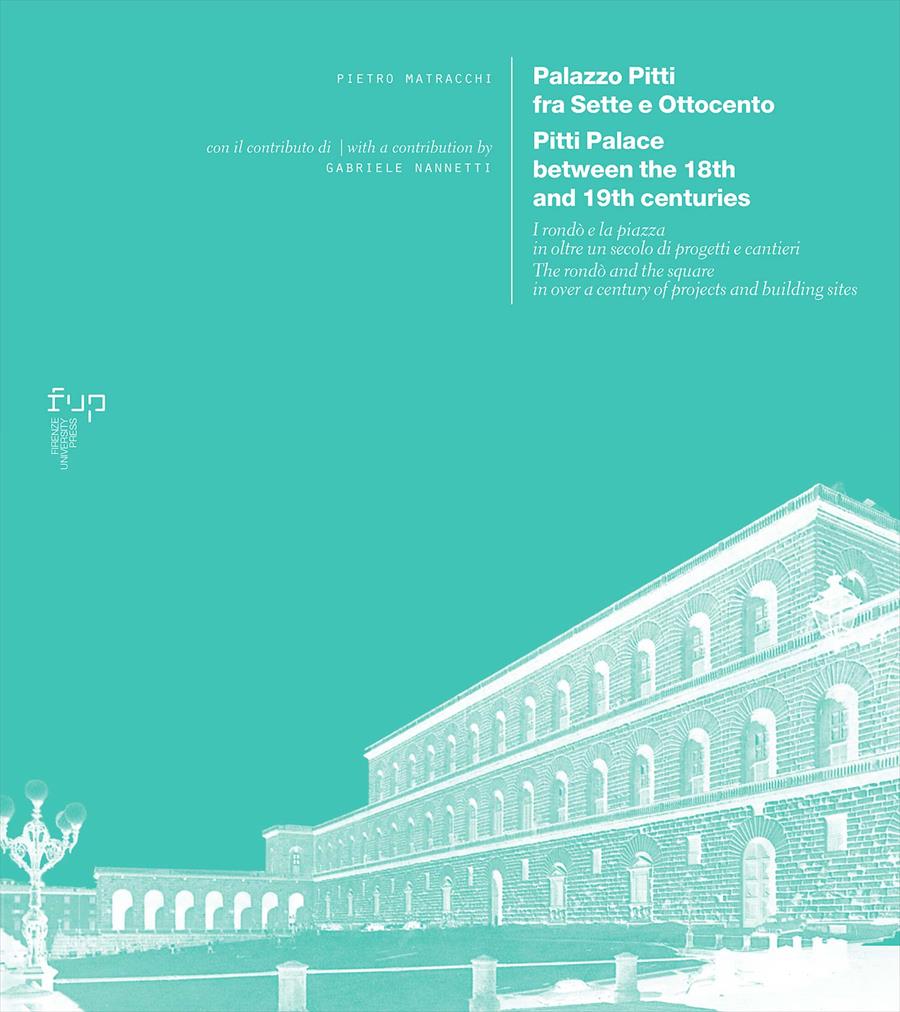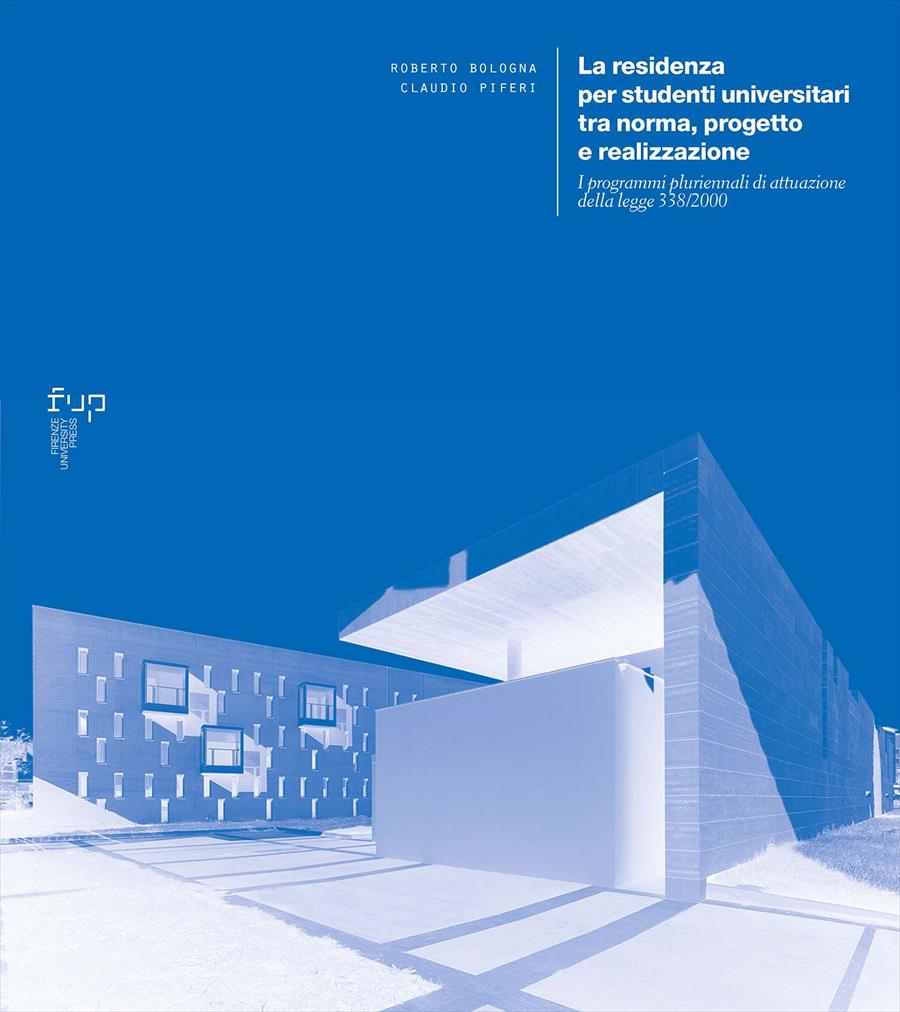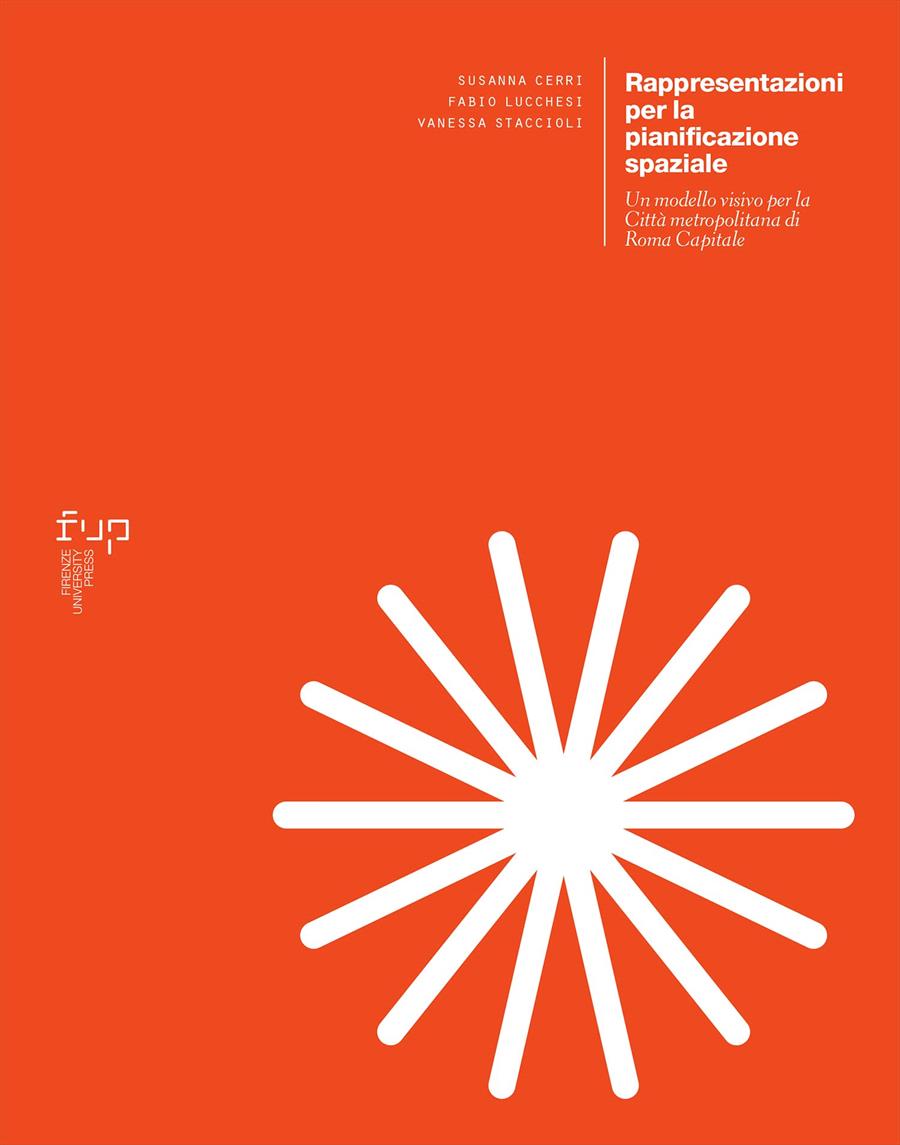Ontologies for Knowledge modeling in construction planning
Theory and application
- Vito Getuli,
Nowadays, there is an increasing recognition of the value of knowledge management in the construction projects and ontology-based semantic modelling is seen as an important means of addressing this problem, even if a knowledge-base which maps the construction planning and scheduling domains, in a formal and machine-readable way, is still missing. Addressing this issue, the book is divided in two parts. Part I, theory, is a theoretical introduction of on ontologies concepts and expert systems. Part II, application, presents a research of ontologies development for semantic modelling of construction scheduling, workspace, product and time domains. The last chapter presents the architecture of an ontology-based expert system, to show how ontologies can support automated planning mechanisms.
- Keywords:
- Knowledge modelling,
- ontology,
- construction management,
- BIM,
- construction planning and scheduling,
- DOI: 10.36253/978-88-5518-184-6
- Series: Ricerche. Architettura, Pianificazione, Paesaggio, Design
- Scientific Board
- Language: Italian
- Subjects: Architecture
University of Florence, Italy - ORCID: 0000-0001-8470-2648
- Akinci, B., and J. Kunz, R. Levitt M. Fischer. 2000. “Representing Work Spaces Generically in Construction Method Models.” CIFE Working paper (Stanford Univeristy). DOI: 10.1061/(ASCE)0733-9364(2002)128:4(296)
- Allen, J., and G. Ferguson. 1997. Actions and events in interval temporal logic. ed., Kluwer O. Stock. DOI: 10.1007/978-0-585-28322-7_7
- Beetz, J., J. Van Leeuwen, and B. De Vries. 2009. “IfcOWL: A case of transforming EXPRESS schemas into ontologies.” Journal Artificial Intelligence for Engineering Design, Analysis and Manufacturing 23 (01): 89-101. DOI: 10.1017/S0890060409000122
- Benevolenskiy, A., K. Roos, P. Katranuschkov, and J. Scherer R. 2012. “Construction processes configuration using process patterns.” Advanced Engineering Informatics (Elsiever) (26): 727-736. DOI: 10.1016/j.aei.2012.04.003
- Broekstra J, Klein M, Decker S, Fensel D, van Harmelen F, Horrocks I (2001) Enabling Knowledge Representation on the Web by Extending RDF Schema. In: Shen VY, Saito N (eds) 10th International World Wide Web Conference (WWW10). Hong Kong, pp 467–478 DOI: 10.1145/371920.372105
- Cai, X., Su, H. 2014. “Life Cycle Approach to Construction Workspace Modeling and Planning.” Journal of Construnction Engineering and Management (ASCE) March. DOI: 10.1061/(ASCE)CO.1943-7862.0000855
- Chau, K., W., M. Anson, and J., P. Zhang. 2004. “Four-dimensional visualization of construction scheduling and site utilization.” Journal of Construction Engineering and Management (ASCE) 130: 598–606. DOI: 10.1061/(ASCE)0733-9364(2004)130:4(598)
- Cheng, T., and J. Teizer. 2013. “Real-time resource location data collection and visualization technology for construction safety and activity monitoring applications.” Automation in Construction 34: 3–15. DOI: 10.1016/j.autcon.2012.10.017
- Cherneff, J., M., R. Logcher, and D. Sriram. 1991. “Integrating CAD with construction-schedule generation.” Journal of Computing in Civil Engineering (ASCE) 5 (1): 68-84. DOI: 10.1061/(ASCE)0887-3801(1991)5:1(64)
- Darwiche, A., R. Levitt, and B. Hayes-Roth. 1988. “OARPLAN: Generating Project Plans by Reasoning about Objects, Actions and Resources.” Artificial Intelligence for Engineering Design, Analysis and Manufacturing 2 (3): 169-181. DOI: 10.1017/S0890060400000639
- Dawood, N., and S. Sikka. 2009. “Development of 4D based performance indicators in construction industry.” Engineering Construction and Architectural Management (Wiley) 16: 438–458. DOI: 10.1108/09699980910988357
- Dawood, N., and Z. Mallasi. 2006. “Construction workspace planning: assignment and analysis utilizing 4D visualization technology,.” Computer-Aided Civil and Infrastructure Engineering (Elseiver) 21 (7): 498–513. DOI: 10.1111/j.1467-8667.2006.00454.x
- Dhillon, R., K., M. Jethwa, and H., S. Rai. 2014. “Extracting Building Data from BIM with IFC.” International Journal on Recent Trends in Engineering and Technology 11 (1).
- Drogemulle, H., and R. Schevers. 2005. “Converting the Industry Foundation Classes to the Web Ontology Language.” 2005 First International Conference on Semantics, Knowledge and Grid, Beijing (China), 27-29 Nov. 2005 DOI: 10.1109/SKG.2005.59
- Dudáš, M., O. Zamazal, and V. Svátek. 2014. “Roadmapping and nav- igating in the ontology visualization landscape.” Edited by Springer. Knowledge Engineering and Knowledge Management (K. Janowicz, S. Schlobach, P. Lambrix, and E. Hyvönen) 8876: 137–15 DOI: 10.1007/978-3-319-13704-9_11
- Dzeng, R., J., and I., E. Tommelein. 1997. “Boiler erection scheduling using product models and case-based reasoning,.” Journal of Construction Engineering and Management (ASCE) 123 (3). DOI: 10.1061/(ASCE)0733-9364(1997)123:3(338)
- Elbeltadi, E., T. Hegazy, and A. Eldosouky. 2004. “Dynamic layout of construction temporary faciltities considering safety.” Journal of Construction Engineering and Management 130 (4): 534-541. DOI: 10.1061/(ASCE)0733-9364(2004)130:4(534)
- El-Diraby. 2013. “Domain ontology for construction knowledge.” Journal of Construction Engineering and Management (ASCE) 768–784. DOI: 10.1061/(ASCE)CO.1943-7862.0000646
- El-Diraby, T., and h. Osman. 2011. “Automation in Construction.” A domain ontology for construction concepts in urban infrastructure products 20 (8): 1120–1132. DOI: 10.1016/j.autcon.2011.04.014
- Farquhar A, Fikes R, Rice J (1997) The Ontolingua Server: A Tool for Collaborative Ontology Construction. International Journal of Human Computer Studies 46(6):707–727 DOI: 10.1006/ijhc.1996.0121
- Fensel D, van Harmelen F, Horrocks I, McGuinness DL, Patel-Schneider PF (2001) OIL: An ontology infrastructure for the Semantic Web. IEEE Intelligent Systems & their applications 16(2):38–44 DOI: 10.1109/5254.920598
- Ferguson, J., Allen. 1997. “Actions and Event in interval temporal logic.” DOI: 10.1007/978-0-585-28322-7_7
- Fortineau, V., T. Paviot, L. Louis-Sidney, and S. Lamouri. 2012. “SWRL as a rule language for ontology-based models in power plant design.” DOI: 10.1007/978-3-642-35758-9_53
- Fu, B., N., F. Noy, and M., A. Storey. 2013. “Indented tree or graph? a usability study of ontology visualization techniques in the context of class mapping evaluation.” Edited by Springer. The Semantic Web (H. Alani, L. Kagal, A. Fokoue, P. Groth, C. Bie DOI: 10.1007/978-3-642-41335-3_8
- Gambatese, J., A., M. Behm, and J., W. Hinze. 2005. “Viability of designing for construction worker safety.” Journal of Costruction Engineering and Management (ASCE) 131 (9): 1029-1036. DOI: 10.1061/(ASCE)0733-9364(2005)131:9(1029)
- Gasevic, D., Djuric, D., Devedzic, V., (2009). Model Driven Engineering and Ontology Development. Springer, ISBN: 978-3-642-00281-6. DOI: 10.1007/978-3-642-00282-3
- Gómez-Pérez, A. & Corcho, O. (2002), “Ontology languages for the Semantic Web,” IEEE Intelligent Systems, Vol. 17, no. 1, pp. 54–60. DOI: 10.1109/5254.988453
- Gruber, T., R. 1995. “Toward principles for the design of ontologies used for knowledge sharing?” Edited by Elseiver. International Journal of Human-Computer Studies 43 (5): 907–928. DOI: 10.1006/ijhc.1995.1081
- Gu, N., and K. London. 2010. “Understanding and facilitating BIM adoption in the AEC industry.” Automation in Construction 19: 988–999. DOI: 10.1016/j.autcon.2010.09.002
- Guo, H., H. Li, G. Chan, and M. Skitmore. 2012. “Using game technologies to improve the safety of construction plant operations.” Accident Analysis and Prevention 48: 204–213. DOI: 10.1016/j.aap.2011.06.002
- Guo, S., J. 2002. “Identification and resolution of work space conflicts in building construction.” Journal of Construction Engineering and Management (ASCE) 128: 287–295. DOI: 10.1061/(ASCE)0733-9364(2002)128:4(287)
- Hanson, B., and J. Hillier. 1984. The Social logic of space. Cambrige University Press. DOI: 10.1017/CBO9780511597237
- Hegazy, T., M., and E. Elbeltagi. 1999. “EvoSite: Evolution-based models for site layout planning.” Journal of Computing in Civil Engineering (ASCE) 13 (3): 198–206. DOI: 10.1061/(ASCE)0887-3801(1999)13:3(198)
- Heijst, G., A., Th. Schreiber, and B., J. Wielingua. 1997. “Using Explicit Ontolgies in KBS Development.” International Journal of Human-Computer Studies (Academic Press) 46: 183-292. DOI: 10.1006/ijhc.1996.0090
- Hori, M., Y. Nakamura, H. Satoh, K. Maruyama, T. Hama, S. Honda, T. Takenaka, and F. Sekine. 1995. “Knowledge-level analysis for elicting composable scheduling knowledge.” Artificial Intelligenxe in engineering (Elsevier Science Limited) 9: 253-264. DOI: 10.1016/0954-1810(95)00004-3
- Horrocks I, Fensel D, Harmelen F, Decker S, Erdmann M, Klein M (2000) OIL in a Nutshell. In: Dieng R, Corby O (eds) 12th International Conference in Knowledge Engineering and Knowledge Management (EKAW’00). Juan-Les-Pins, France. (Lecture Notes in Artific DOI: 10.1007/3-540-39967-4_1
- Jagbeck, A. 1994. “MDA Planner: Interactive Planning Tool Using Product Models and Construction Methods.” Journal of Computing in Civil Engineering 8 (4): 536-554. DOI: 10.1061/(ASCE)0887-3801(1994)8:4(536)
- Kano, N. 1990. “A knowledge-based system for construction planning and scheduling: a prototype system based on the down-from the-top methodology.” The 7th International Symposium on Automation and Robotics in Construction. Bristol. 303-311. DOI: 10.22260/ISARC1990/0039
- Kartam, N., A., and R., E. Levitt. 1990. “Intelligent planning of construction projects.” Journal of Computing in Civil Engineering (ASCE) 4 (2): 155-176. DOI: 10.1061/(ASCE)0887-3801(1990)4:2(155)
- Kassem, M., N. Dawood, and R. Chavada. 2015. “Construction workspace management within an Industry Foundation Class-Compliant 4D tool.” Automation in Construction 52: 42-58. DOI: 10.1016/j.autcon.2015.02.008
- Katifori, A., C. Halatsis, G. Lepouras, A. Vassilakis, and E. Giannopoulou. 2007. “Ontology visualization methods – a survey.” ACM Computer Survey 39 (4). DOI: 10.1145/1287620.1287621
- Katifori, A., E. Torou, C. Halatsis, G. Lepouras, and Vassilakis C. 2006. “A comparative study of four ontology visualization techniques in Protégé: Experiment setup and preliminary results.” International Conference on Information Visualisation. IEEE. DOI: 10.1109/IV.2006.3
- Kim Jongeling, J., M. Fischer, C. Mourgues, and T. Olofsson. 2008. “Quantitative analysis of workflow, Temporary Structure Usage, and Productivity Using 4D Models.” Automation in Construction 17: 780-791. DOI: 10.1016/j.autcon.2008.02.006
- Kogut P, Cranefield S, Hart L, Dutra M, Baclawski K, Kokar M, Smith J (2002) UML for Ontology Development. The Knowledge Engineering Review 17(1):61–64 DOI: 10.1017/S0269888902000358
- Konig, M., and A. Marx. 2013. “Modeling and simulating spatial requiremts of construction activities.” Winter simulation conference 2013. R. Pasupathy et al. DOI: 10.1109/WSC.2013.6721694
- Lanzenberger, M., J. Sampson, and M. Rester. 2010. “Visualization in ontology tools.” Proceedings of the International Conference on Complex, Intelligent and Software Intensive Systems. IEEE. 705–711. DOI: 10.1109/CISIS.2009.178
- Lee, K., J., H., W. Kim, J., K. Lee, and T., H. Kim. 1998. Case and constraint-based project planning for apartment construction. Vol. 19. 1 vols. AI Magazine. DOI: 10.1609/aimag.v19i1.1350
- Liao, S.H. 2005. “Expert System methodologies and applications - a decade review from 1995 to 2004.” Expert Systems with Applications (Elsiever) (28): 93-103. DOI: 10.1016/j.eswa.2004.08.003
- Lohmann, S., S. Negru, F. Haag, and E. Ertl. 2014. “Visualizing Ontologies with VOWL.” Semantic Web (IOS Press). DOI: 10.3233/SW-150200
- Ma, Z., Q. Shen, and J. Zhang. 2005. “Application of 4D for dynamic site layout planning and management of construction projects.” Automation in Construction 14: 369-381. DOI: 10.1016/j.autcon.2004.08.011
- Maedche A, Motik B, Stojanovic L, Studer R, Volz R (2003) Ontologies for Enterprise Knowledge Management. IEEE Intelligent Systems 18(2):26–33 DOI: 10.1109/MIS.2003.1193654
- Mallasi, Z. 2006. “Dynamic quantification and analysis of the construction workspace congestion utilising 4D visualisation.” Automation in Construction (Elseiver) (15): 640–655. DOI: 10.1016/j.autcon.2005.08.005
- Mikulakova, E., M. Konig, E. Tauscher, and Beucke. K. 2010. “Knowledge-based schedule generation and evaluation.” Advanced engineering Informatics 24: 389-403. DOI: 10.1016/j.aei.2010.06.010
- Mohan, S. 1990. “Expert systems applications in construction management and engineering.” Journal of Construction Engineering and Management (ASCE) 116 (1): 87-99. DOI: 10.1061/(ASCE)0733-9364(1990)116:1(87)
- Moon, H., H. Dawood, and L. Kang. 2014. “Development of workspace conflict visualization system using 4D object of work schedule.” Advanced Engineering Informatics (Elseiver) 28: 50–65. DOI: 10.1016/j.aei.2013.12.001
- Moon, H., H. Kim, C. Kim, and L. Kang. 2014. “Development of a schedule workspace interference management system simultaneously considering the overlap level of parallel schedules and workspaces.” Automation in Construction 39: 93–105. DOI: 10.1016/j.autcon.2013.06.001
- Moon, H., H. Kim, V. R. Kamat, and Kang L. 2015. “BIM-based Construction Scheduling Method Using Optimization Theory for Reducing Activity Overlaps.” Journal of Computing in Civil Engineering (ASCE) 29 (3). DOI: 10.1061/(ASCE)CP.1943-5487.0000342
- Morad, A., A., and Y., J. Beliveau. 1991. “Knowledge-based planning system.” Journal of Construction Engineering and Management (ASCE) 117 (1): 1-12. DOI: 10.1061/(ASCE)0733-9364(1991)117:1(1)
- Motawa, I., and A., Almarshad. 2012. “A Knowledge-based BIM system for building maitenance.” Automation in Construction (Elseiver) 29: 173-182. DOI: 10.1016/j.autcon.2012.09.008
- Motta, E. 2000. “The knowledge modelling paradigm in knowledge engineering.” Handbook of Software Engineering and Knowledge Engineering (World Scientific Publishing) 1: 1-29. DOI: 10.1142/9789812389718_0024
- Mun, D., and K. Ramani. 2011. “Knowledge-based part similarity measurement utilizing ontology and multi-criteria decision making technique.” Advanced Engineering Informatics 119-130. DOI: 10.1016/j.aei.2010.07.003
- Navinchandra, D., D. Sriram, and R. Logcher. 1988. “GHOST: project network generator.” Journal of Computing in Civil Engineering (ASCE) 2 (3): 239-254. DOI: 10.1061/(ASCE)0887-3801(1988)2:3(239)
- Noy, N., R., W. Fergerson, and M., A. Musen. 2000. “The knowledge model of Protege-2000: Combining interoperability and flexibility.” Proceedings of the 12th international conference on knowledge engineering and knowledge management. France. DOI: 10.1007/3-540-39967-4_2
- Riley, D., R., and V. Sanvido. 1997. “Space planning method for multistory building construction.” Journal of Construction Engineering and Management (ASCE) 171–180: 171–180. DOI: 10.1061/(ASCE)0733-9364(1997)123:2(171)
- Sacks, R., O. Rozenfeld, and Y. Rosenfeld. 2009. “Spatial and Temporal Exposure to Safety Hazards in Construction.” Journal of Cosntruciton Engineering and Management (ASCE) 135 (8): 726-736. DOI: 10.1061/(ASCE)0733-9364(2009)135:8(726)
- Said, H., and G. Lucko. 2016. “Float Types in Construction Spatial Scheduling.” Journal of Construction Engineering and Management (ASCE) 142 (12): 1-12 DOI: 10.1061/(ASCE)CO.1943-7862.0001202
- Sanvido, D. R. Riley and V. E. 1995. “Patterns of Construction-Space Use in Multistory Buildings.” J. Constr. Engine. Manage. 123 (4): 464-473. DOI: 10.1061/(ASCE)0733-9364(1995)121:4(464)
- Shaked, O., and A. Warszawski. 1995. “Knowledge based system for construction planning of high-rise buildings.” Journal of Construction Engineering and Management (ASCE) 110 (2): 172-182. DOI: 10.1061/(ASCE)0733-9364(1995)121:2(172)
- Song, Y., and D. Chua. 2005. “Detection of spatio-temporal conflicts on a temporal 3D space system.” Advanced Engineering Software (36): 814–826. DOI: 10.1016/j.advengsoft.2005.03.025
- Steuer, J. 1993. “Defining virtual reality: dimensions determining telepresence.” Journal of Communication 42: 73–93. DOI: 10.1111/j.1460-2466.1992.tb00812.x
- Su, X., R. Andohar, J. Pan, and A. Kandil. 2012. “GIS-based dynamic construction site material layout evaluation for building renovation projects.” Automation in Construciton 27: 40-49. DOI: 10.1016/j.autcon.2012.04.007
- Sure Y, Erdmann M, Angele J, Staab S, Studer R, Wenke D (2002a) OntoEdit:Collaborative Ontology Engineering for the Semantic Web. In: Horrocks I, Hendler JA (eds) First International Semantic Web Conference (ISWC’02). Sardinia, Italy. (Lecture Notes in Co DOI: 10.1007/3-540-48005-6_18
- Tah, J., H., M., V. Carr, and R. Howes. 1999. “Information modeling for case-based construction planning of highway bridge projects.” Advances in Engineering Software (Elseiver) 30 (7): 495-509. DOI: 10.1016/S0965-9978(98)00128-8
- Thabet, W., Y., and Y., J. Beliveau. 1994. “Modeling work space to schedule repetitive floors in mul- tistory buildings.” Journal of Construction Engineering and Management 120 (1): 96–116. DOI: 10.1061/(ASCE)0733-9364(1994)120:1(96)
- Thomas, H., R., D., R. Riley, and S., K. Sinha. 2006. “Fundamental principles for avoiding congested work areas - a case study.” Practice Periodical on Structural Design and Construction (11): 197–205. DOI: 10.1061/(ASCE)1084-0680(2006)11:4(197)
- Wang, H., and F. Boukamp. 2011. “Ontology-based representation and reasoning framework for supporting job hazard analysis.” Journal of Computing in Civil Engineering (ASCE) 25 (6): 442–456. DOI: 10.1061/(ASCE)CP.1943-5487.0000125
- Winch, G., M., and S. North. 2006. “Critical space analysis.” Journal of Construcition Engineering and Management 132: 473–481. DOI: 10.1061/(ASCE)0733-9364(2006)132:5(473)
- Zhang, S., F. Boukamp, and J. Teizer. 2015. “Ontology-based semantic modeling of construction safety knowledge: towards automated safety planning for job hazard analysis (JHA).” Automation in Construction (Elseiver) 52: 29–41. DOI: 10.1016/j.autcon.2015.02.005
- Zhang, S., J. Teizer, N. Pradhananga, and C., E. Eastman. 2015. “Workforce location tracking to model, visualize and analyze workspace requirements in building information models for construction safety planning.” Automation in Construction 60: 74-86. DOI: 10.1016/j.autcon.2015.09.009
- Zhong, B., L. Ding, H. Luo, Y. Zhou, Y. Hu, and H. Hu. 2012. “Ontology-based semantic modeling of regulation constraint for automated construction quality compliance checking.” Automation in Construction (Elsevier) (28): 58–70. DOI: 10.1016/j.autcon.2012.06.006
- Zhou, Z., Y., M. Goh, and L. Shen. 2016. “Overview and Analysis of Ontology Studies Supporting Development of the Construction Industry.” J.ournal of Computing in Civil Engineering (ASCE). DOI: 10.1061/(ASCE)CP.1943-5487.0000594
- Zouein, P., P., and I., D. Tommelein. 1999. “Dynamic layout planning using a hybrid incremental solution method.” Journal of Construction Engineering and Management 125 (6): 400-408. DOI: 10.1061/(ASCE)0733-9364(1999)125:6(400)
- Publication Year: 2020
- Pages: 152
- eISBN: 978-88-5518-184-6
- Content License: CC BY-NC-SA 4.0
- © 2020 Author(s)
- Publication Year: 2020
- eISBN: 978-88-5518-185-3
- Content License: CC BY-NC-SA 4.0
- © 2020 Author(s)
- Publication Year: 2020
- Pages: 152
- ISBN: 978-88-5518-183-9
- Content License: CC BY-NC-SA 4.0
- © 2020 Author(s)
Bibliographic Information
Book Title
Ontologies for Knowledge modeling in construction planning
Book Subtitle
Theory and application
Authors
Vito Getuli
Peer Reviewed
Number of Pages
152
Publication Year
2020
Copyright Information
© 2020 Author(s)
Content License
Metadata License
Publisher Name
Firenze University Press
DOI
10.36253/978-88-5518-184-6
ISBN Print
978-88-5518-183-9
eISBN (pdf)
978-88-5518-184-6
eISBN (xml)
978-88-5518-185-3
Series Title
Ricerche. Architettura, Pianificazione, Paesaggio, Design
Series ISSN
2975-0342
Series E-ISSN
2975-0350






